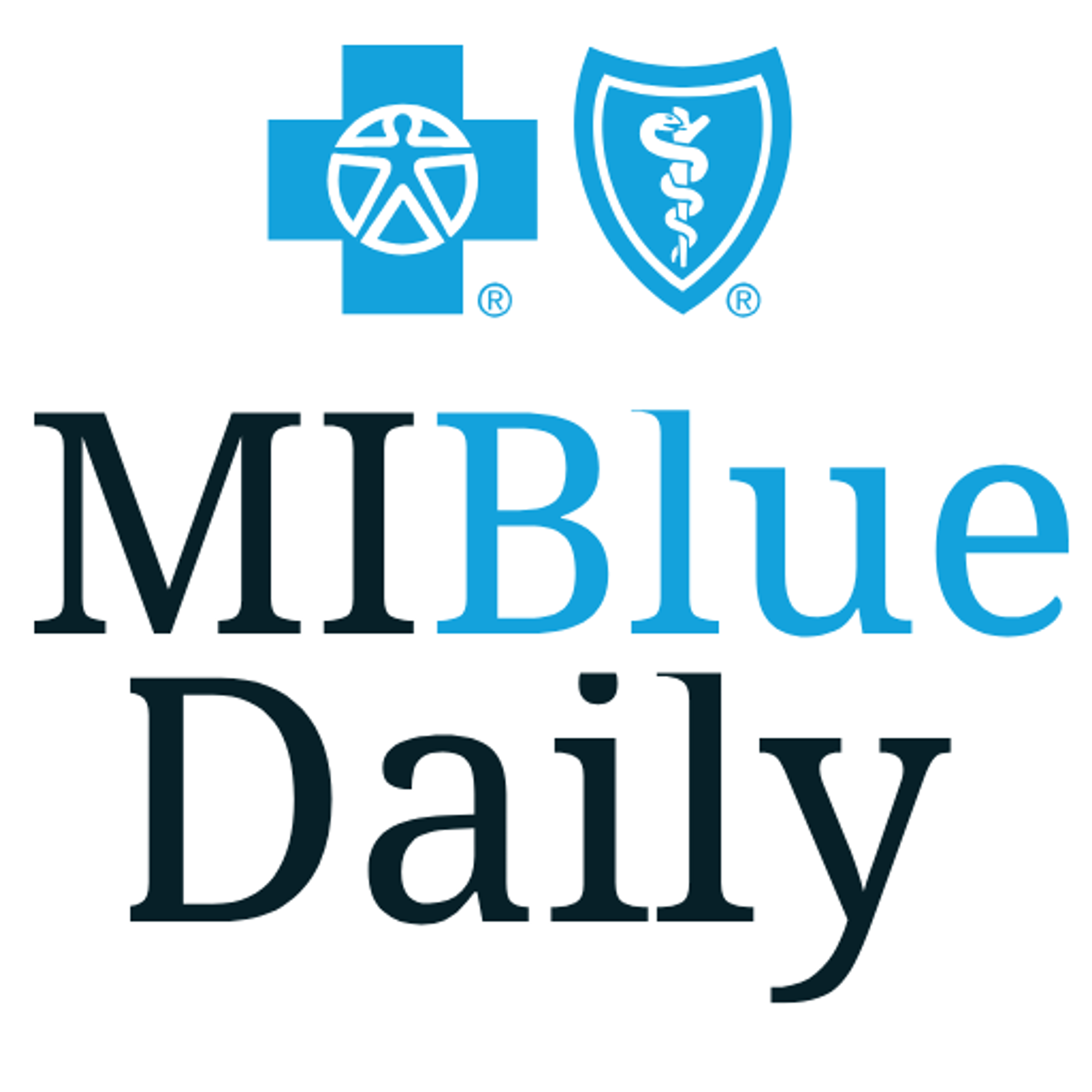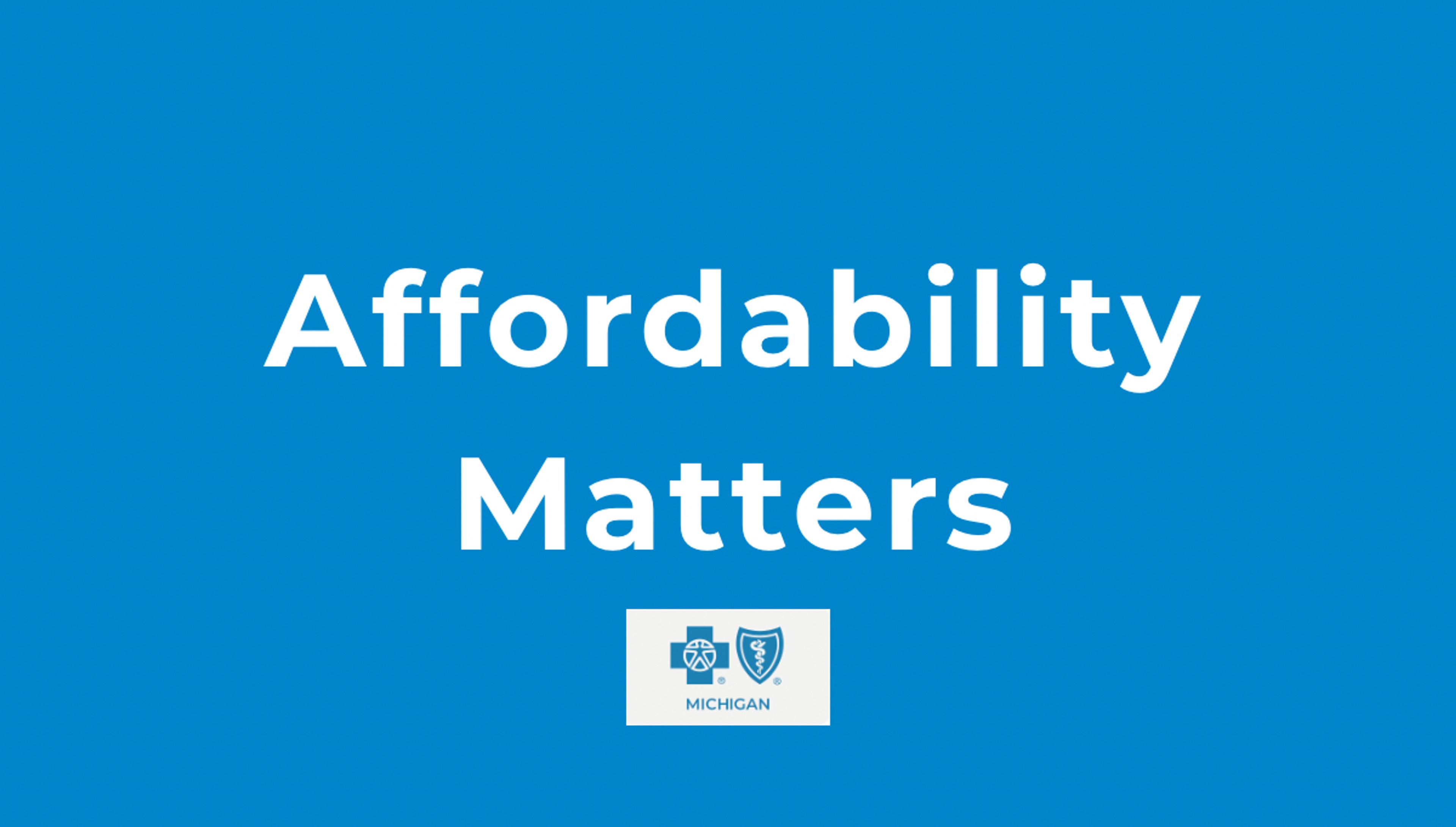Why Is My Health Insurance So Expensive?

Blue Daily
| 4 min read

Learn more about Blue Cross Blue Shield of Michigan's commitment to affordability here.
The American health care system is full of incredible expertise, miraculous new therapies and the promise of curing diseases once thought untreatable. But no American can benefit from it if they can’t afford to access it. Why has health care become so expensive?
We want you to understand — the cost of your health insurance is the end of the cost equation.
At the beginning of the equation is the cost of the system itself — prices charged by hospitals, doctors, drug companies and the technology and administration costs to deliver excellent care. Driving those costs are several factors this content platform will explore in greater depth.
Unregulated Prescription Drug Pricing
Health insurance is regulated. Hospitals are regulated. The prescription drug industry is unregulated and unaccountable for the prices they charge, and they are driving costs to unsustainable levels. In 2024, Blue Cross Blue Shield of Michigan’s pharmacy claims costs increased by 15% — compared to inflation at 3%. Without some regulation of pricing, patients, employers and insurers are left absorbing these prices.
Surging Use of an Expensive System
Blue Cross saw a $3 billion increase in medical and pharmacy claims over just the past year. This points to just how fast costs are rising. The U.S. population is increasingly unhealthy and aging. According to the Centers for Disease Control and Prevention (CDC), chronic diseases like obesity, diabetes and heart disease account for most illness, disability and death in the United States. These are the leading drivers of health care costs. Because of this, more people are using an expensive health care system, putting immense pressure on health insurance costs downstream. More health care spending doesn’t always mean better health outcomes — but it does mean higher health insurance costs for everyone because the costs of the system flow downstream into the health insurance premiums our customers and members pay.
The Traditional Way of Paying for Health Care Is Raising Costs
The traditional way health care is paid for is called “fee for service.” It pays a price for every service performed, without regard for whether the service was appropriate and delivered in a high-quality manner. It rewards volume. Hospitals and doctors get paid more when they do more procedures — not when they deliver better health outcomes.
We have long advocated for value-based care — where providers are paid for keeping people healthy, not just treating them when they’re sick. This approach is called “population health. ”We need more hospitals and doctors to adopt this approach by committing to payment models where they share accountability for improving the overall health of their patients. This will bring costs down by paying providers more for achieving what we all want — optimal health for the people we collectively serve.
Administrative Costs
Every business in every industry uses some of its revenue to pay its staff, upgrade its technology and otherwise run its business.
We responsibly steward every health care dollar we receive to pay for our members’ health. This is our responsibility as a health plan — to use our customers’ and members’ money responsibly to promote their best health.
Blue Cross Blue Shield of Michigan only uses nine cents of every health care dollar on administration — including executive compensation. We are committed to lowering our own administrative costs by $600 million over three years.
Our efforts build networks of doctors and hospitals our members can access, prevent fraud, negotiate lower prices with hospitals and drug makers, develop quality improvement programs to establish high value care, ensure treatments are beneficial to our members’ health, assist our members in navigating their coverage and so much more.
As a nonprofit mutual, we don’t pay your money to shareholders — we put it back into health care. In 2024, for every $1 we collected in premiums, we paid $1.04 for our members’ medical care and benefits. We want that number to be a little closer to equal — because paying out more than we take in puts pressure on health insurance premiums.
We have a responsibility to manage our own costs. We are committed to improving efficiency, simplifying administration and reducing our own costs to ensure every health care dollar is spent wisely.
Health Care Affordability is Everyone’s Responsibility
Solving affordability requires collaboration among insurers, hospitals, providers, drug companies and policymakers. That’s why we stand for:
▪ Partnership. Health care shouldn’t be a zero-sum game of winners and losers. We work with providers, employers and government leaders to create sustainable solutions.
▪ Innovation. We’re accelerating the shift to value-based care models that reward quality and efficiency — not just the volume of services performed.
▪ Affordability. Blue Cross is committed to minimizing cost increases for our members and negotiating fair pricing with hospitals and drugmakers.
▪ Regulation. We believe it’s time for stronger regulations that hold prescription drug companies accountable for the prices they set. We work closely with policymakers from all political parties in Lansing and Washington, D.C., to share our perspective as they carefully consider legislation and regulations and weigh the impact on health care costs, quality and access.
Image: Getty Images





